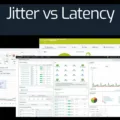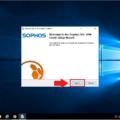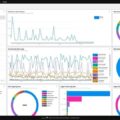MPLS (Multi-Protocol Label Switching) is a powerful and reliable technology that enables fast and secure data transmission over private wide area networks. MPLS works by forwarding traffic based on “labels” rather than network addresses, which helps reduce the amount of processing needed to route packets between two points. This makes it possible to quickly and efficiently move large amounts of data across long distances.
First, MPLS relies on a single carrier for all its traffic, so your data is always sent through the same network provider. This provides more consistency in delivery times and bandwidth than you would get from the Internet, where different carriers may be used depending on the route being taken.
Second, MPLS providers guarantee packet priority and delivery, whereas the Internet does not. With MPLS, you can be sure that your most important traffic will reach its destination without any delays or disruptions.
Third, MPLS also enables real-time applications, such as voice calls and video calls. These rely on near-immediate data delivery in order to provide a smooth user experience, which is something that the Internet cannot always guarantee.
Finally, MPLS networks are extremely secure due to their ability to control data flow with labels rather than IP addresses. This ensures that only authorized users can access your network while keeping out malicious actors who may try to gain access through traditional networking protocols.
If you’re looking for a reliable and secure way to transmit large amounts of data over long distances quickly, then an MPLS connection might be right for you. Whether you’re a business looking for an efficient way to transfer large files or an individual wanting a secure connection for online gaming or streaming services – an MPLS connection is worth considering!
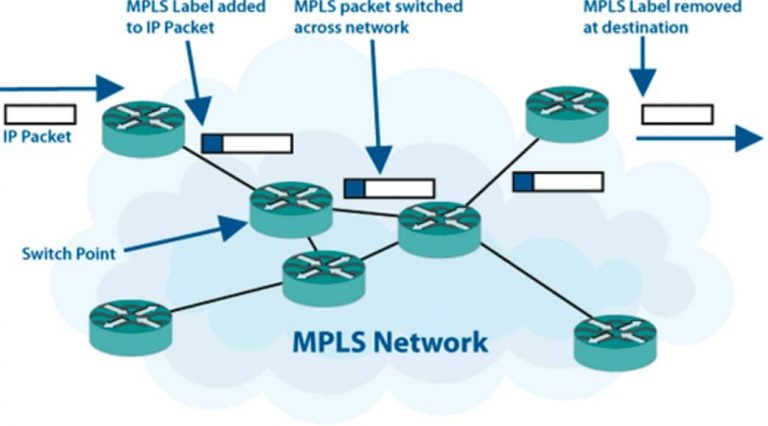
What is an MPLS Internet Connection?
MPLS Internet connection is a type of technology that provides a secure and reliable way to connect multiple locations within a wide area network (WAN). It allows for faster, more efficient routing of traffic by using short labels, instead of traditional network addresses. The labels are used to identify specific paths for the data to take, which ensures that it reaches its destination quickly. Additionally, MPLS can prioritize certain types of traffic, such as voice or video, to ensure greater quality of service. This makes it ideal for businesses that need to transfer large amounts of data within their WANs.
Understanding MPLS and How It Works
Multiprotocol Label Switching (MPLS) is a data forwarding technology that enables faster, more reliable, and more efficient transfer of data across networks by using labels to direct traffic. It works by replacing complex network layer routing with simple label switching. An MPLS-enabled router assigns a “Label” to each packet of data it receives. This Label contains information about the destination address and the route the packet should take. The Label is used to quickly identify the destination of the packet and the route it will take in order to reach it, eliminating the need for costly lookups in a routing table at each stop. MPLS also allows for a better quality of service (QoS) by providing mechanisms for prioritizing certain types of traffic over others, as well as congestion control techniques such as weighted fair queuing to ensure that all traffic is treated fairly regardless of its origin or type. In addition, MPLS can be used to provide virtual private networks (VPNs) for the secure transmission of sensitive data over public networks.
The Benefits of Using MPLS
MPLS (Multi-Protocol Label Switching) is a data-carrying mechanism that enables high-performance, reliable, and cost-effective communication between multiple sites. It works by encapsulating data packets with a header that contains routing information, allowing them to be sent over the same network as other traffic. This allows for faster and more reliable data delivery than traditional IP routing, as MPLS can prioritize certain types of traffic over others. Additionally, it can reduce latency and jitter by routing packets along predetermined paths. MPLS networks are also more secure than traditional IP networks, as they have built-in security features like firewalls and encryption. Finally, MPLS networks provide better Quality of Service (QoS), allowing service providers to give priority to certain types of traffic such as video calls or voice calls. Overall, MPLS provides a robust network solution for real-time applications that need speed and reliability.
Differences Between MPLS and Internet
MPLS (Multi-Protocol Label Switching) is a way to prioritize and route data across a network, while the Internet is the global system of interconnected computer networks. The main differences between MPLS and Internet connectivity are:
Carrier—MPLS connectivity relies on a single carrier, while the Internet is unrestricted and can communicate via different carriers. This means that MPLS data packets are routed through one provider, which can provide better performance and reliability than using multiple providers for the same traffic over the Internet.
Prioritization—MPLS providers guarantee packet priority and delivery so that real-time applications such as VoIP or video conferencing operate smoothly, while with the Internet there is no guaranteed priority or delivery.
Bandwidth—MPLS connections usually offer higher bandwidths than an Internet connection, which makes it suitable for large businesses that need to transmit large amounts of data quickly.
Security—MPLS networks are typically more secure than those running over the Internet due to their built-in encryption. This makes them attractive for businesses that need to transfer confidential information securely.
Cost—The cost of MPLS connections depends on several factors such as distance, bandwidth, etc., but generally they tend to be more expensive than an equivalent connection over the Internet.
Comparing MPLS and Ethernet
No, MPLS is not the same as Ethernet. While both are commonly used for transporting IP traffic, there are significant differences between the two technologies.
At a basic level, Ethernet is a Layer 2 protocol that defines how devices communicate over shared networks. It uses frames to encapsulate data, and it enables devices to send and receive data directly without involving a central server or router.
MPLS (Multi-Protocol Label Switching) is an extension of Ethernet that operates at Layer 3 and above. It utilizes labels to identify traffic flows and prioritize packets as they travel across a network. The labels also enable routers to switch traffic more quickly, as they do not need to look up the destination every time. MPLS requires a foreign server layer for each network segment in order to transport traffic from one segment to another – this layer may be Ethernet itself, but it could also be any other type of protocol such as PPP or ATM.
In summary, while both Ethernet and MPLS enable IP networks to carry data, they have different protocols and architectures which account for their different uses in today’s networks.
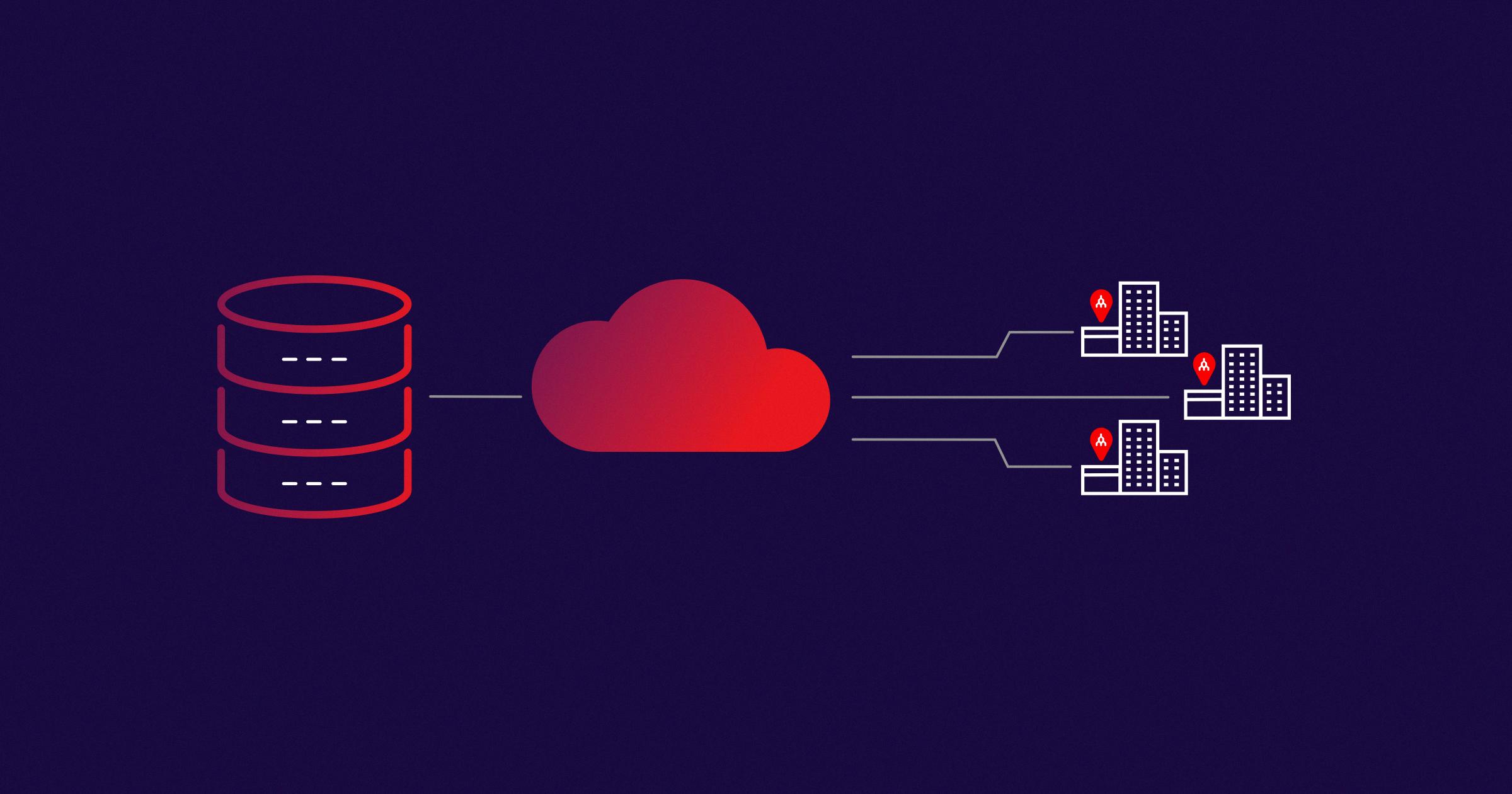
Source: megaport.com
Difference Between MPLS and VPN
No, MPLS and VPN are not the same. MPLS (Multi-Protocol Label Switching) is a networking protocol that uses short labels to route traffic quickly and efficiently across a network. MPLS is commonly used in enterprise networks to provide dedicated, secure connections between geographically dispersed sites. VPN (Virtual Private Network) is a type of private network built on top of an existing public infrastructure such as the Internet. It allows users to securely access resources located in different locations over the public Internet by using encryption and authentication methods to ensure the privacy of the data being transmitted. While both technologies can be used for secure private communications, they are not interchangeable.
Do I Need a Router for MPLS?
MPLS does not require any additional routers for it to function. It is a Layer 2 or Layer 3 technology that uses MPLS labels to forward packets between nodes in the network. The router is responsible for deciding which interface and which label to use to reach a given destination but doesn’t need to be specifically configured with IP addresses or routes. This allows MPLS to be more flexible, efficient, and cost-effective than traditional point-to-point VPNs that require separate routing equipment.
Do People Still Utilize MPLS?
Yes, people still use Multiprotocol Label Switching (MPLS). Although newer WAN technologies have emerged in recent years, MPLS is still a viable option for enterprise-wide area networks due to its ability to provide reliable data transport and efficient packet forwarding. In addition, MPLS can be used to optimize network performance by providing traffic engineering and quality of service capabilities. Furthermore, MPLS is known for scalability, flexibility, and ease of management. For these reasons, many organizations continue to rely on MPLS when designing their wide-area networks.
Is MPLS a LAN or a WAN?
MPLS is a type of wide area network (WAN) connection. It uses labels to identify and route data between different points in a network, such as between a data center and branch offices. MPLS is a secure, private connection that is used for the transmission of sensitive data over long distances. It provides a more reliable and secure performance than an internet connection, and it can also be used to prioritize certain types of traffic so that more important data is sent first. With MPLS, IT administrators have greater control over their networks, allowing them to adjust routing paths based on availability or other factors.
Is MPLS a Routing Protocol?
No, MPLS is not a routing protocol. It is a layer 2 switching technique that helps to improve the performance, scalability, and reliability of networks by allowing multiple paths to be taken for data traffic between two endpoints. MPLS uses labels to identify network paths, which helps to improve the forwarding speed of packets across the network. It also provides quality of service (QoS) mechanisms for traffic flow optimization, allowing different types of applications to have their own dedicated path through the network.
Setting Up an MPLS Network
Setting up a Multi-Protocol Label Switching (MPLS) network involves several steps. First, you need to plan and configure the IP addressing scheme for your MPLS core routers and configure Open Shortest Path First (OSPF) on the core routers. Next, you need to configure Label Distribution Protocol (LDP) on all interfaces in the MPLS core. Once LDP is configured, you can set up a Border Gateway Protocol (BGP) connection between your core routers, usually R1 and R3. Finally, you can add additional routers and create virtual routing and forwarding (VRF) tables for each router.
If you’re using Cisco IOS devices, the commands needed to set up the network will vary depending on your specific requirements. Generally speaking, commands such as “ip address”, “router ospf”, “mpls ldp”, “router bgp” and “vrf instance” are all necessary for setting up a basic MPLS network. For more detailed information on how to use these commands with Cisco IOS devices, please consult appropriate documentation or contact your local IT support team.
Can the Internet Be Accessed Through MPLS?
Yes, you can access the Internet through an MPLS network. MPLS networks are designed to provide virtual private networks (VPNs) between customer sites, and as part of this service, many providers offer Internet connectivity through the same MPLS system. The way that these works is that your provider assigns each customer site a specific label (or tags) that will direct the traffic to your MPLS VPN. This label effectively creates a private virtual circuit within the carrier’s MPLS cloud, which will carry all of your Internet traffic securely and separate from other customers using the same cloud. The result is that you have secure and reliable access to the Internet, without having to worry about any other customers on the same network.
Identifying Whether a Network Has MPLS
In order to determine if your network has an MPLS (Multi-Protocol Label Switching) implementation, you need to conduct a few tests. First, you should verify the physical layer of your switches. Check each switch to make sure the correct interfaces are being used for the MPLS traffic and that they are connected properly. Then, verify your routing protocol is configured correctly. Make sure your RIP, OSPF, or BGP routes are active and properly established throughout the network. Additionally, check to see if RSVP (Resource Reservation Protocol) is enabled on all of your routers. Finally, verify that the interfaces have been assigned for MPLS label operations by checking their respective configuration settings. If all of these steps have been successfully completed, then it is safe to assume that your network has an MPLS implementation in place.
Comparing the Speed of MPLS and IP Routing
Yes, MPLS is faster than IP routing. This is due to the way that MPLS works, which is based on the concept of labels. These labels allow packets to be forwarded (rather than switched) more efficiently, avoiding overloading the CPU. As a result, MPLS can offer much faster speeds than traditional IP routing methods.
Conclusion
In conclusion, MPLS is a powerful and efficient networking technology that is especially well-suited for applications that require high speed and reliability. It offers increased control over traffic flow and improved packet delivery times compared to traditional Internet connections. With the help of MPLS, businesses can create their own private wide area networks with guaranteed packet priority and delivery. Additionally, since it relies on a single carrier, it provides more consistent performance than the Internet.



